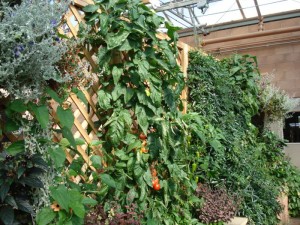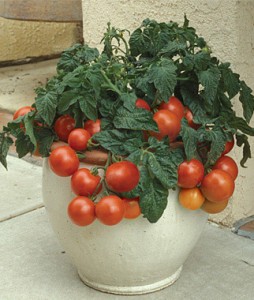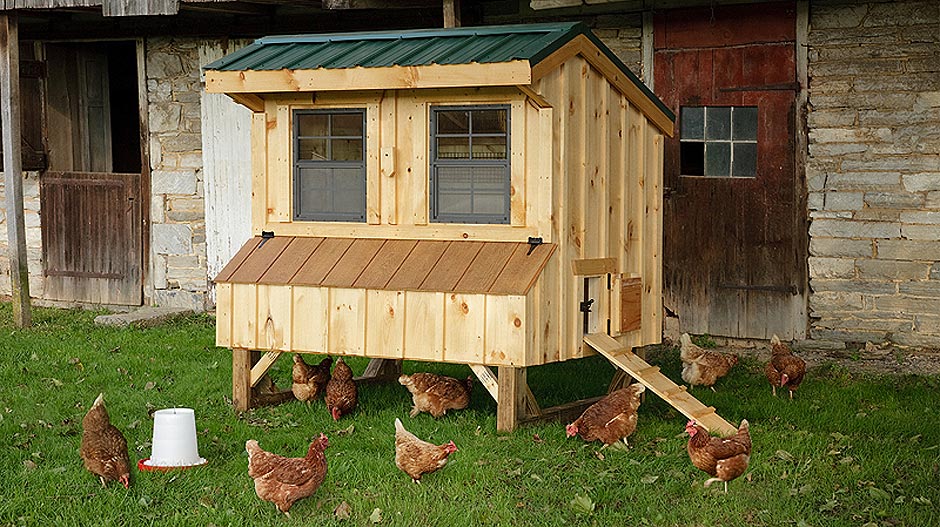This is perfect for the vegetarian in your life! To the average person who is not an avid gardener, the vision of a vegetable garden is probably a regular farm field, only in miniature; row upon row of tasty plants on a flat, horizontal surface. That’s definitely the way it was long, long ago. Now people are incorporating physical structures into the garden in an intensive way to help them grow more plants in less space and incorporate a new aesthetic into traditional gardening. There are also many other benefits to using structures in the vegetable garden. Here is a list of structures that can be used and some of the many benefits they provide. Have fun with this and let your imagination run wild.
Fences: not only do fences keep out rabbits and groundhogs, but you can grow a myriad of plants right on them. All vining plants can be used to visually hide the fence and free up more room. Try planting cucumber, melons, peas, grapes, and beans at the base of the fence and train them to grow vertically as well as horizontally.
Lattices: they can be used in a similar fashion as fences. When covered with vining plants a lattice can also become a great screen, hiding an unwanted view or keeping a gardening secret from public view. Pergolas and trellises can be used the same way. 
Tomato cages and bean tipis: you can buy a prefabricated tomato cage or make one yourself out of hog fencing. Bean poles can be pieces of pipe, plastic, or wood. A natural wood pyramid can be made from prunings from your own yard. Poles with strings or nets will support plants as well
Raised beds: not only do raised beds make it easier for routine weeding and care, they also allow a gardener to have really great soil without having to do a whole lot of digging and prepping. Just build the raised bed out of treated lumber or stone and add a wonderful mix of soil, compost, and micronutrients. These soil mixes can be delivered in bulk to your home. One can even weed and harvest a raised bed garden while sitting down.
 Containers: almost anything that will hold enough soil for a plant to grow can be used as a container in a vegetable garden. Used tires, stacked on end and filled with dirt, make a great way to grow potatoes. Harvesting is easy, just peel away the tires one at a time. Regular pots can be used for other vegetables. Even an old kettle or livestock watering tank can be used.
Containers: almost anything that will hold enough soil for a plant to grow can be used as a container in a vegetable garden. Used tires, stacked on end and filled with dirt, make a great way to grow potatoes. Harvesting is easy, just peel away the tires one at a time. Regular pots can be used for other vegetables. Even an old kettle or livestock watering tank can be used.
Beehives and chicken coops: these are structures that house creatures for their own protection. But the benefits far outweigh just the honey and eggs. Honeybees are essential in pollination and fruit production. Chickens can be released in the garden and will voraciously eat the pesky insects that attack the plants.
Tool sheds, coldframes, and greenhouses: incorporate a tool shed in the garden. Having the right tool next to the place where it is needed saves a huge amount of time. With a coldframe and greenhouse, plants can be started from seed early in the year and transplanted later. Root crops can even be stored in a coldframe much as if they would be stored in the refrigerator.
With some careful planning and creativity the modern vegetable garden can be productive, fun, and very manageable. Utilizing all or some of these structures in a harmonious way can create a great adventure and have terrific aesthetic value. Take time in the winter months to plan and even build some of these structures for use the next season. So, maybe one’s vision of a vegetable garden is more than a row-crop farm in miniature, it could be the whole farm in miniature, buildings, fences, animals, and all.

